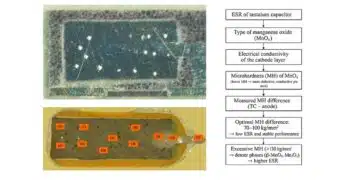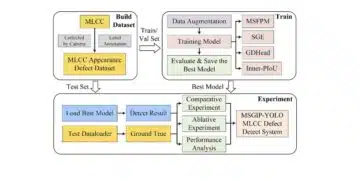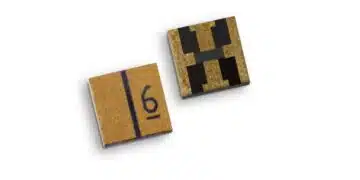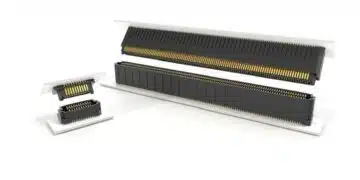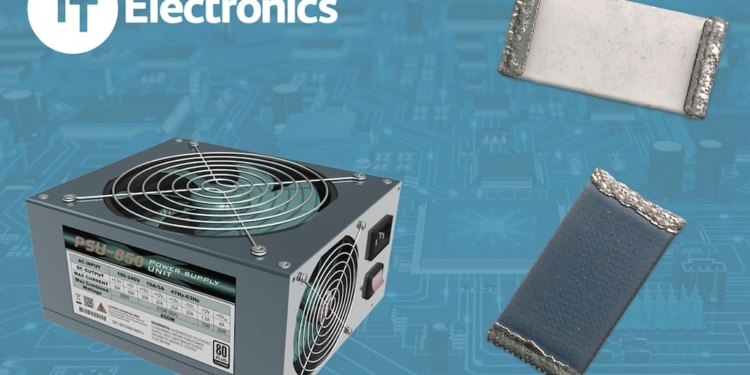Source: TT Electronics news
TT Electronics enables long-term RoHS compliance of industrial and medical electronics with the industry’s first lead-free thick-film high-voltage resistors. High-performing, green thick-film chip resistors, free of lead (Pb) and lead compounds, protect against possible future changes in exemption status.
Woking, UK, 14 November, 2018 – TT Electronics, a global provider of engineered electronics for performance critical applications, has launched the industry’s first fully lead(Pb)-free thick-film high-voltage chip resistors that allow manufacturers to future-proof medical and industrial equipment designs by eliminating reliance on RoHS exemptions.
As environmental regulations become increasingly stringent, the new GHVC Green High-Voltage Chip resistors deliver peace of mind through exemption-free RoHS compliance. With their lead-free thick-film composition, containing no lead or related compounds such as lead oxide, the resistors meet growing industry demand for compact high-voltage sensing and protection in equipment such as power supplies, circuit breakers, and medical monitors.
The series comprises E24 and E96 resistance values from 25kΩ to 100MΩ, in standard EIA 1206, 2010, and 2512 chips with power rating of 0.3W, 0.5W and 1.0W respectively. Specified with DC- or AC-peak Limiting Element Voltage (LEV) up to 3000V for 2512 chips, and up to 4000V overload, the GHVC series simplifies design for high working voltages saving board space and bill of materials.
The resistors are extremely rugged, with 1.2/50μs surge-voltage rating of 7kV and ambient operating temperature range of -55°C to 125°C. Temperature coefficient of ±100ppm/°C and voltage coefficient of -1.5ppm/V ensure consistent parameters over wide-ranging conditions. In addition, the resistors feature anti-sulphur terminations that pass ASTM-B-809 tests to ensure reliability and stability in sulphurous environments such as mining or chemical processing.
GHVC series offers the first specialist resistors made with the latest green thick-film materials, offering much higher voltage ratings than other lead-free resistors currently in the market.


